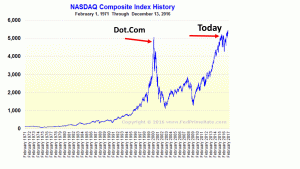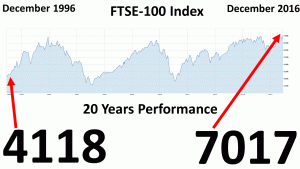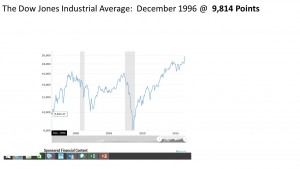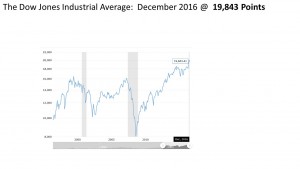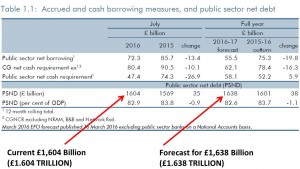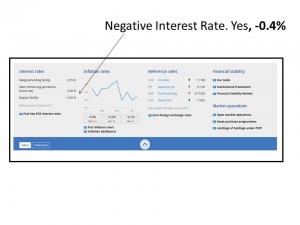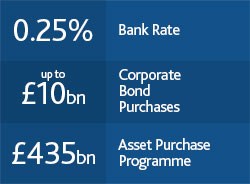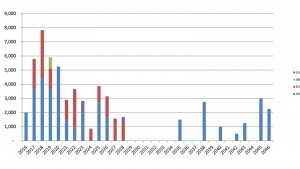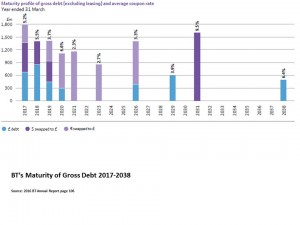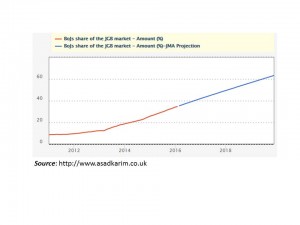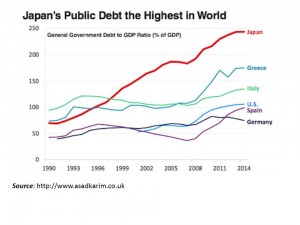The UK Flagship Index is the FTSE-100.
The total value of the companies listed is:
£1,709,249.67 million
That is £1.7 TRILLION or £1,709 Billion.
That is how much cash is needed to all the companies listed on FTSE-100. That figures is significantly larger than the annual GDP of the UK.
Market Capital (£m) Name
£84,406.34 HSBC Holdings
£74,476.55 British American Tobacco
£69,459.22 Royal Dutch Shell A
£68,868.02 SABMiller
£67,675.43 GlaxoSmithKline
£63,920.45 BP
£62,455.99 Royal Dutch Shell B
£57,874.83 Vodafone
£49,398.97 AstraZeneca
£48,360.41 Lloyds Banking Group
£47,433.80 Reckitt Benckiser Group
£47,251.11 Diageo
£43,778.05 BT Group
£40,615.07 Unilever
£37,214.81 National Grid
£36,976.02 Imperial Brands
£33,018.71 Prudential
£26,682.48 Associated British Foods
£25,598.67 Rio Tinto
£25,543.40 Royal Bank of Scotland Group
£25,287.80 Barclays
£22,790.18 Shire
£20,865.73 WPP
£20,699.64 Glencore
£20,018.89 Compass Group
£18,475.69 Aviva
£17,671.50 Sky
£16,051.80 CRH
£16,035.74 BAE Systems
£15,840.54 BHP Billiton
£15,384.94 Tesco
£14,881.35 SSE
£14,432.17 RELX
£14,384.84 Standard Chartered
£14,241.76 ARM Holdings
£13,811.36 Legal & General Group
£12,401.32 Rolls-Royce Holdings
£11,795.87 Experian
£11,463.16 Centrica
£11,228.39 International Consolidated Airlines
£10,132.27 Smith & Nephew
£9,969.89 Wolseley
£9,821.88 London Stock Exchange Group
£9,793.82 ITV
£9,344.33 Old Mutual
£8,496.28 Land Securities Group
£8,490.24 Next
£8,471.24 Kingfisher
£7,824.68 Paddy Power Betfair
£7,621.25 Carnival
£7,291.87 Pearson
£7,179.99 British Land
£7,143.41 Whitbread
£6,890.22 Capita
£6,865.39 Standard Life
£6,738.89 Fresnillo
£6,677.56 Sage Group
£6,659.88 Anglo American
£6,643.51 Bunzl
£6,557.50 InterContinental Hotels Group
£6,557.55 Marks & Spencer Group
£6,513.55 Mediclinic International
£6,438.38 Persimmon
£6,279.35 United Utilities Group
£6,237.29 Hargreaves Lansdown
£6,157.48 Taylor Wimpey
£6,013.78 Easyjet
£5,989.59 Schroders
£5,843.52 Burberry Group
£5,830.47 Randgold Resources
£5,823.82 TUI AG
£5,661.05 Barratt Developments
£5,504.00 Worldpay Group
£5,407.77 DCC
£5,372.83 Admiral Group
£5,267.19 Sainsbury (J)
£5,204.81 Coca Cola HBC AG
£5,196.37 Johnson Matthey
£5,109.50 Direct Line Insurance Group
£5,098.87 Intertek Group
£5,085.15 Severn Trent
£4,923.40 GKN
£4,877.30 Dixons Carphone
£4,847.58 Mondi
£4,826.82 St. James’s Place
£4,819.03 RSA Insurance Group
£4,763.33 Babcock International Group
£4,755.00 Royal Mail
£4,627.75 Merlin Entertainments
£4,617.35 Morrison (Wm) Supermarkets
£4,527.66 Travis Perkins
£4,513.39 Informa
£4,475.79 Antofagasta
£4,458.59 Hammerson
£4,436.13 Rexam
£4,422.12 Berkeley Group Holdings
£4,381.50 3i Group
£4,312.12 Provident Financial
£4,280.78 Ashtead Group
£4,214.94 Inmarsat
£4,191.67 Intu Properties
£1,709,249.67
